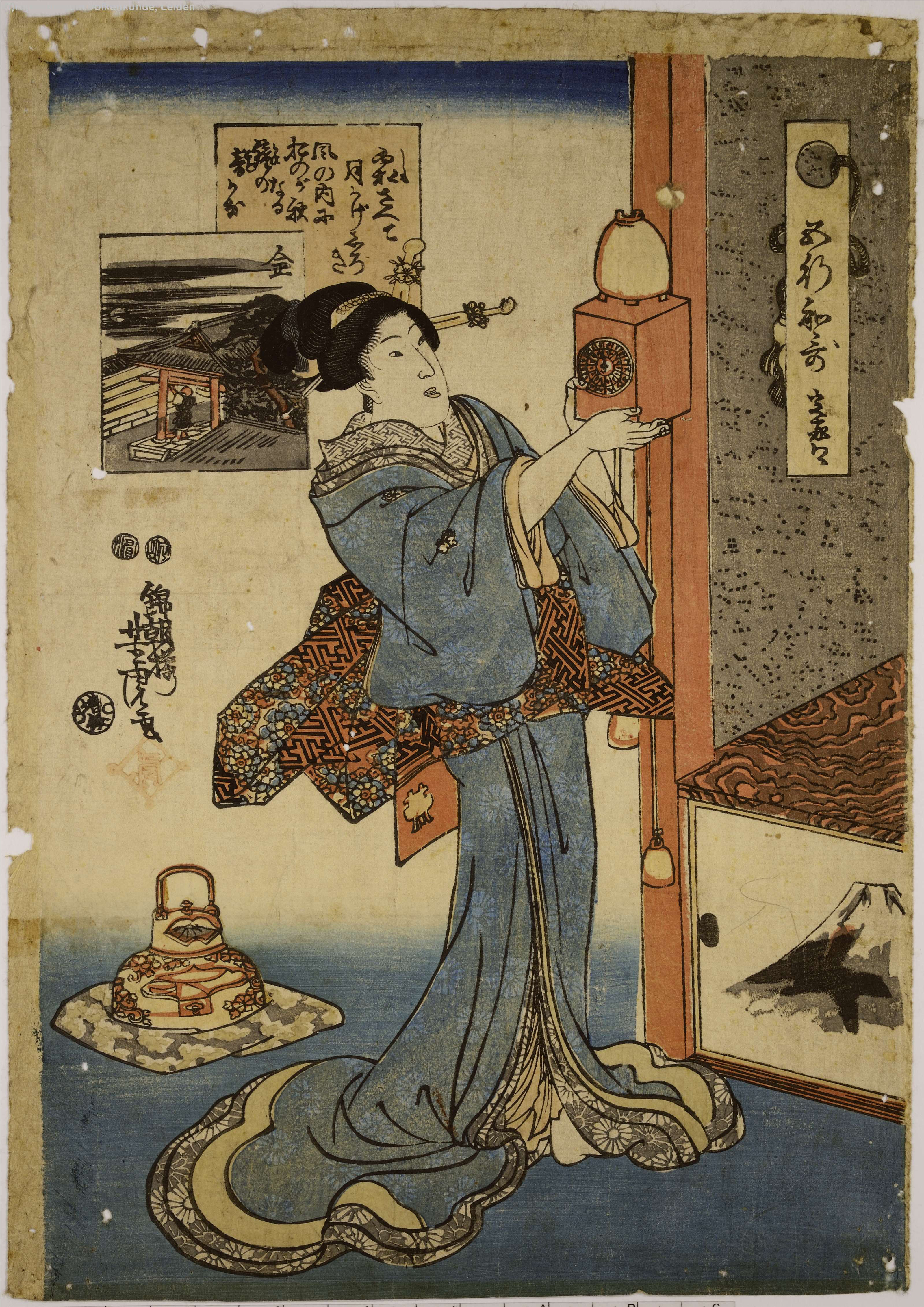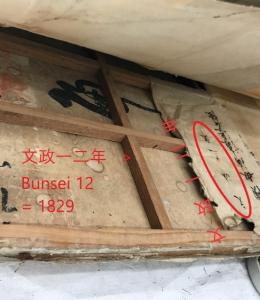
Ongeveer 70 landen verzetten twee keer per jaar de klok om langer van het daglicht te profiteren. In Japan verzette men tot 1872 de klokken eigenlijk het hele jaar door steeds een klein beetje. Bovendien telde een dag altijd zes uren overdag en zes uren in de nacht, het hele jaar door. En om zes uur ging de zon altijd op. Sinds 1872 volgt Japan ook de Gregoriaanse tijdrekening waarbij het hele jaar lang elk uur even lang is. Lees meer.

